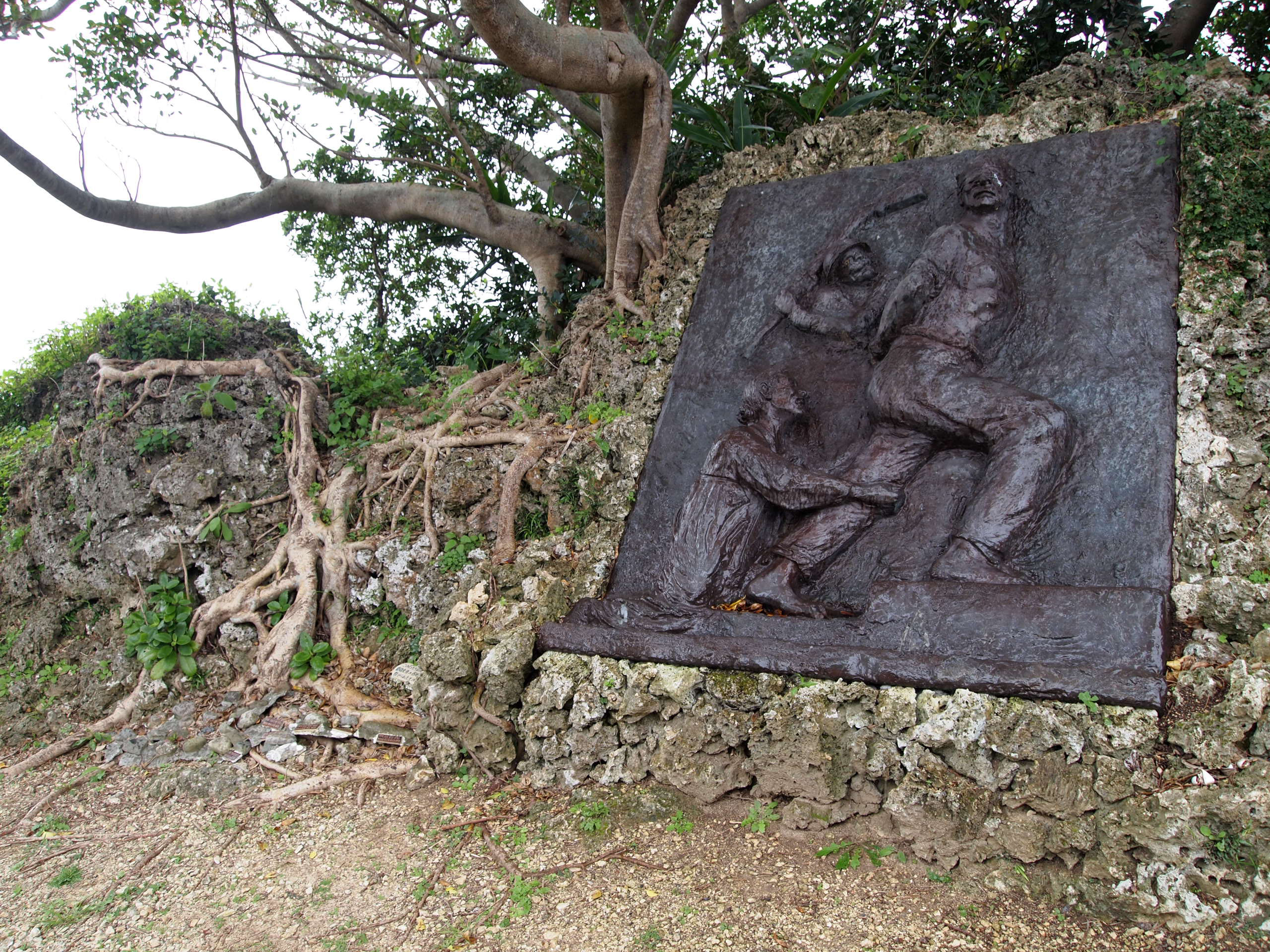With its perpetual flame for peace and slabs of granite inscribed with the names of the more than 241,000 people who died on all sides during the Battle of Okinawa, the Okinawa Peace Memorial Park in Mabuni is the island's most famous monument — but also one of its most controversial. Critics argue that it whitewashes responsibility for the war by listing the innocent dead alongside the soldiers who killed them; moreover, prefectural officials altered displays at the park's museum in 1999 to downplay atrocities committed against islanders by the Japanese military.
Fortunately for visitors looking for alternative — and less sanitized — memorials, there are more than 400 other monuments to war and peace on Okinawa. Many of these pull no punches in chronicling civilians' suffering during World War II — as well as cataloguing postwar injustices committed by the U.S. authorities and islanders' ongoing dedication to nonviolent civil disobedience.
The best place to start a tour of these lesser-known museums is the House of Nuchi du Takara on Iejima Island, the birthplace of Okinawa's peace movement. Upon entering, visitors are confronted with a small set of bloodstained clothes and the description that they belonged to an Okinawan child stabbed by Japanese troops to keep it quiet when U.S. soldiers were in the vicinity. Other displays record the postwar "bayonets and bulldozers" period when, in the 1950s, the Pentagon violently seized farmers' land to turn the island into a bombing range. Exhibits include photographs of islanders' homes razed by U.S. troops and several dummy nuclear bombs dropped on the island during Cold War training drills.



